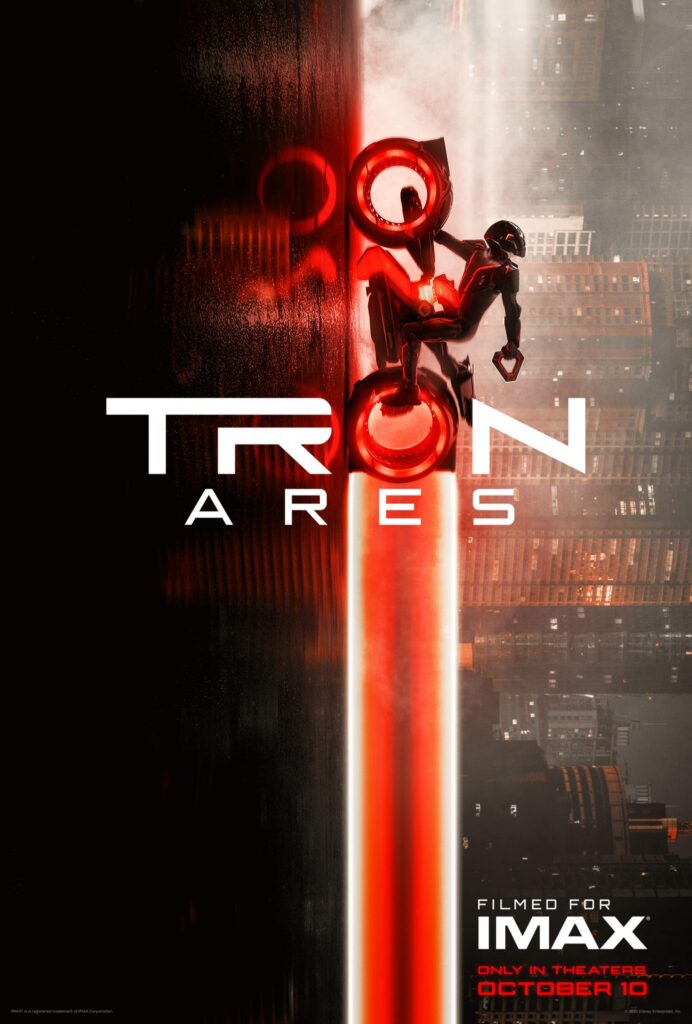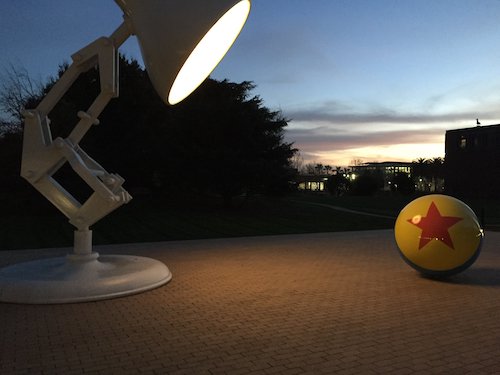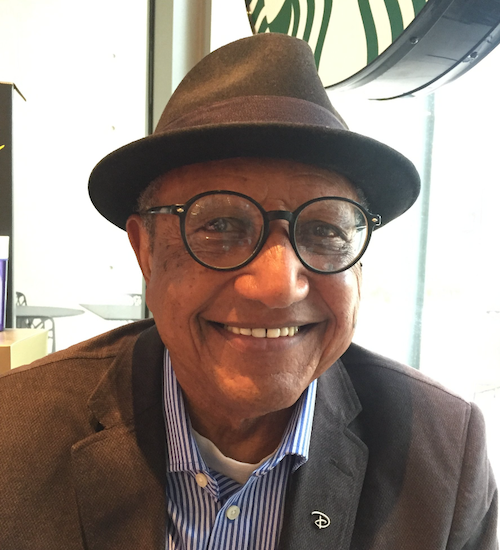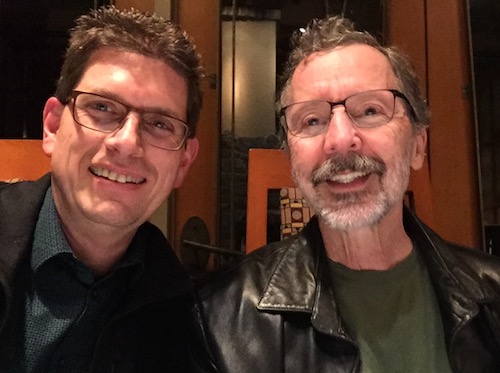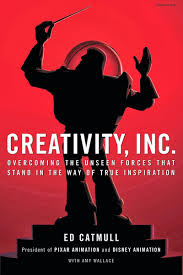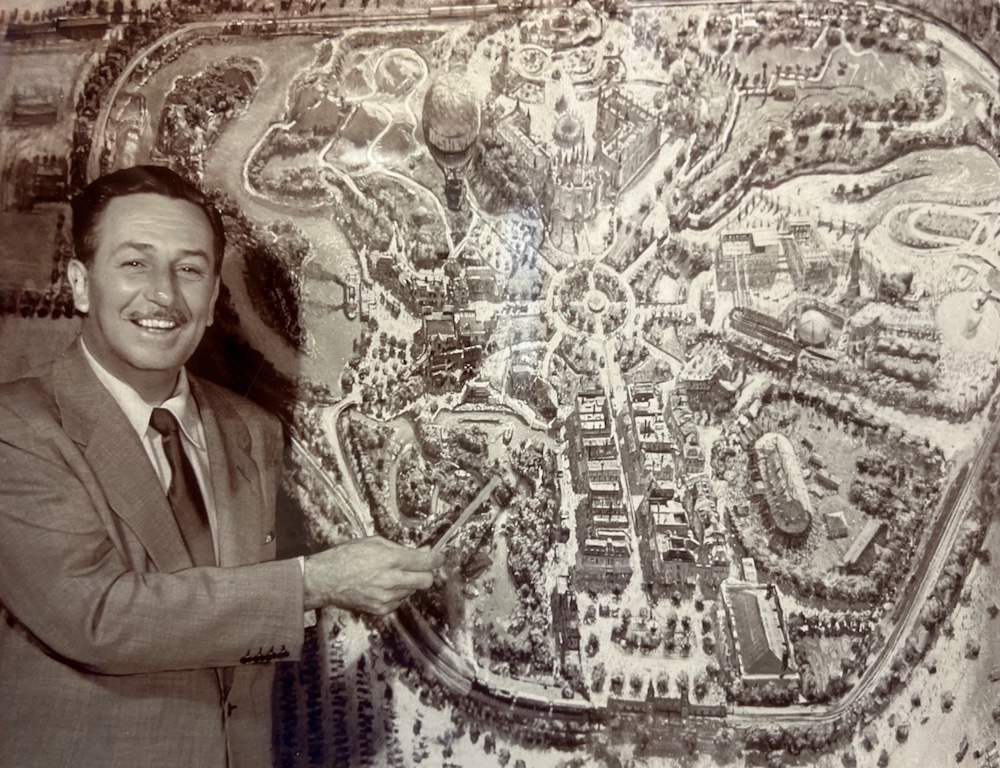My first exposure to the movie TRON was in the 1980s. My brother rented a portable LaserDisc player and brought home a copy of the iconic 12-inch optical disk of TRON. We could barely contain our excitement as we hooked it up to the TV and pressed play. Instantly, we were transported into the Grid. I was hooked!
Until then, tinkering with computers had just been a fun hobby and a welcome distraction. But in that moment, watching TRON light up our living room, I realized I wanted to make computer science my career. I started applying to college programs and eventually earned a spot in the CS program at the University of Tulsa. In my sophomore year, I experienced a personal TRON milestone when I modeled and animated a LightCycle on a Sun workstation in C++ and X11 Motif. Later, I converted it to POV-Ray (see https://github.com/jasonacox/lightcycle-povray if you dare).
“I kept dreaming of a world I thought I’d never see. And then one day…I got in.”
My career took me to Civil Engineering, where I put my skills to work creating CAD software. We modeled the world in ones and zeros. Roads, bridges, detention ponds, and utilities were all drawn onto the digital canvas. Those models became real-world projections, guiding survey crews with lasers and transits to shape our physical environment. Construction crews transformed empty fields into housing subdivisions, shops, highways, and bridges. It was TRON brought to concrete.
The internet bug then bit me. A friend and I began dreaming up a platform to connect families, a network designed for safe, wholesome communication, learning, and exploration. With the help of supportive investors, we launched our idea and quickly expanded, building multiple datacenters linked across the digital grid. Our web guardian stood watch, fighting for the users to ensure they felt safe and welcomed. It was TRON in business.
After a few more adventures, I got a call from a Disney recruiter. On my first day as a Disney Cast Member, over twenty years ago, I remember seeing a TRON poster on the wall. This was before iPhones, so no photos, but if I’d had the chance, I would have snapped one. I honestly struggled that day to contain my emotions. I was working for the very company that had inspired my journey. Years later, I even had the serendipitous opportunity to meet Steven Lisberger, creator of TRON, at our Studio offices. It was TRON brought to life.
“Bio-digital jazz, man!”
Just this past weekend, I took my family to see TRON: Ares. It was absolutely fantastic. The experience was surreal. If you haven’t seen it yet, please make some time to catch it in theaters. For TRON fans, there is so much to love in this script.
As I reflect on my journey, TRON inspired me and helped shaped my life and career. It taught me to be bold, to embrace new challenges, and to imagine a world, with limitless possibilities, where our digital talents can shape reality.
Whatever your “TRON” is, I encourage you to chase it. Let inspiration fuel your imagination, your work, and your life. We have the power to inspire the world. Your passions matter. Your creativity shapes dreams. Whether you’re terraforming digital worlds, telling stories, creating digital magic, connecting users, or supporting fellow travelers, remember: You are a part of something truly extraordinary.
Together, let’s build, dream, and innovate. The Grid awaits.
“You’re a User. You can do anything!”
End of line.
